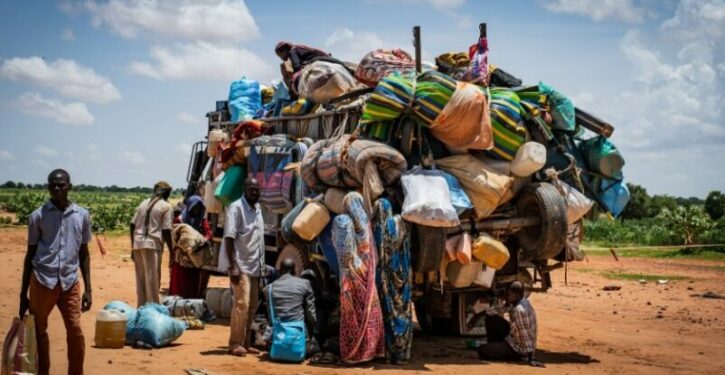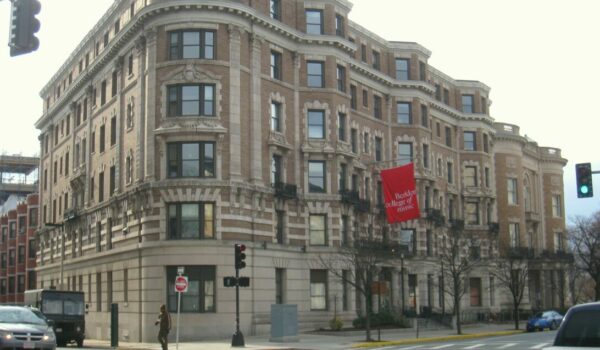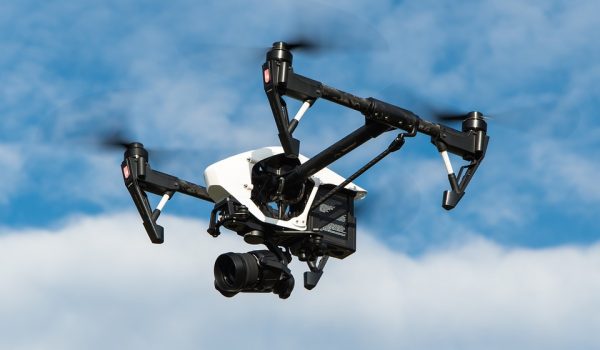
10.7 million people have been displaced by the ongoing conflict in Sudan, about a quarter of that vast African nation’s population. That includes 9 million internally displaced persons.
It’s now the world’s largest refugee crisis. Refugees face dire shortages of food, shelter, healthcare, and sanitation, which cause disease, malnutrition, and violence.
Over 1.7 million Sudanese have fled the violence to neighboring countries, with impoverished, arid Chad hosting the largest proportion (37%), followed by violent, tribalistic South Sudan (30%) and Egypt (24%). Chad and South Sudan have experienced violent civil wars of their own. South Sudan is one of the most oppressive nations on earth, and it and Chad have some of the hungriest, most unhealthy populations on earth.
The remaining Sudanese refugees have sought refuge in Ethiopia, Libya, and the Central African Republic, worsening humanitarian crisis in these already fractured countries. Ethiopia recently experienced a civil war that killed at least 500,000 people in its Tigre province. The Central African Republic had experienced decades of civil war and is perhaps the hungriest nation on earth. Libya has suffered from civil war and been divided between warring factions since the Obama administration bombed Libya and helped insurgents overthrow its government in 2011.
Armed clashes in Sudan over the past nine months have driven more than xix million people from their homes, adding to the three million already displaced within the country. These alarming statistics highlight the desperate need for urgent humanitarian action and global engagement to address the world’s largest displacement crisis.
The International Organization for Migration has launched a new Crisis Response Plan for Sudan, appealing for $200 million to expand its response.
The civil war in Sudan has had a devastating impact on ordinary citizens, causing extensive damage to critical infrastructure, including healthcare facilities, schools, roads, and utilities like power, water, and telecommunications. The devastated infrastructure has severely limited access to necessities and life-saving services.
The crisis has created an environment ripe for disease outbreaks, hunger, and malnutrition and many women and girls have been raped.
The IOM says it has fed nearly 1.2 million people in Sudan and neighboring countries, proving healthcare, shelter and relief, clean water and hygiene kits, and transportation away from especially violent border areas. The latter has enabled nearly 150,000 refugees to reach safe locations in neighboring countries and access humanitarian relief.
Tens of thousands of Sudanese have died of starvation during the war. Thousands of bodies were left decomposing in morgues in the country’s capital. At least 50,000 civilians were killed in fighting between Sudan’s warring factions.
Frankenstein’s monster has turned on its creator, in Sudan. Over a decade ago, Sudan’s military created the Rapid Support Forces (RSF), a genocidal militia it used to wipe out villages inhabited by some African tribes in Sudan’s Darfur region. Now, this Frankenstein’s monster, the RSF, is beating the Sudan’s military in a civil war, and has taken over Sudan’s capital region, its breadbasket region, and its vast western expanses. The RSF is looting much of the populace, selling the loot at so-called “Dagalo markets.” It is slaughtering males from western Sudan’s black African Masalit tribe. And it is turning some women into sex slaves, while raping others.
Recently, the RSF renewed its bloody mass killings and rapes to drive the Masalit ethnic group from Sudan into the neighboring country of Chad.
The RSF recently slaughtered 1600 people, almost all Masalit, at a camp for displaced people in Western Sudan.
In Sudan, Arab militias such as the Rapid Support Forces (RSF) are enslaving thousands of black men to be laborers in western Sudan. They are also enslaving lighter-skinned women to be sex slaves, and are abducting women from Sudan’s capital city of Khartoum and rival Arab tribes in north Sudan.
This follows the preference of Arab slave traders in past centuries — to use black men as slave laborers, and lighter-skinned women as sex slaves. Arab slave traders enslaved between 12 million and 15 million Africans. As Wikipedia notes, “between 1530 and 1780 there were almost certainly 1 million and quite possibly as many as 1.25 million white, European Christians enslaved by the Muslims of the Barbary Coast of North Africa.” The Ottoman Turks also preferred lighter-skinned women as sex slaves: “Girl sexual slaves sold in the Ottoman Empire were mainly of three ethnic groups: Circassian, Syrian, and Nubian. Circassian girls were … fair and light-skinned…They were the most expensive, reaching up to 500 Turkish lira and the most popular with the Turks. The next most popular slaves were Syrian girls, with ‘dark eyes and hair’, and light brown skin. Their price could reach to thirty lira….Nubian [black] girls were the cheapest and least popular, fetching up to 20 lira.”
The RSF is composed mostly of Arabs from western Sudan. They are fighting the Sudanese army, which is led by Arabs from the north of Sudan near the Nile River.



